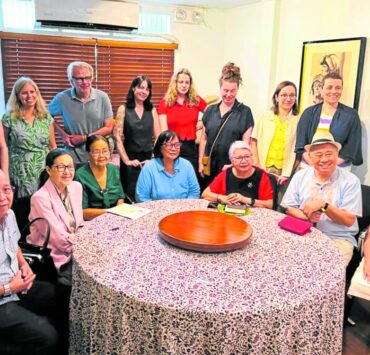Ancient pots donated to National Museum
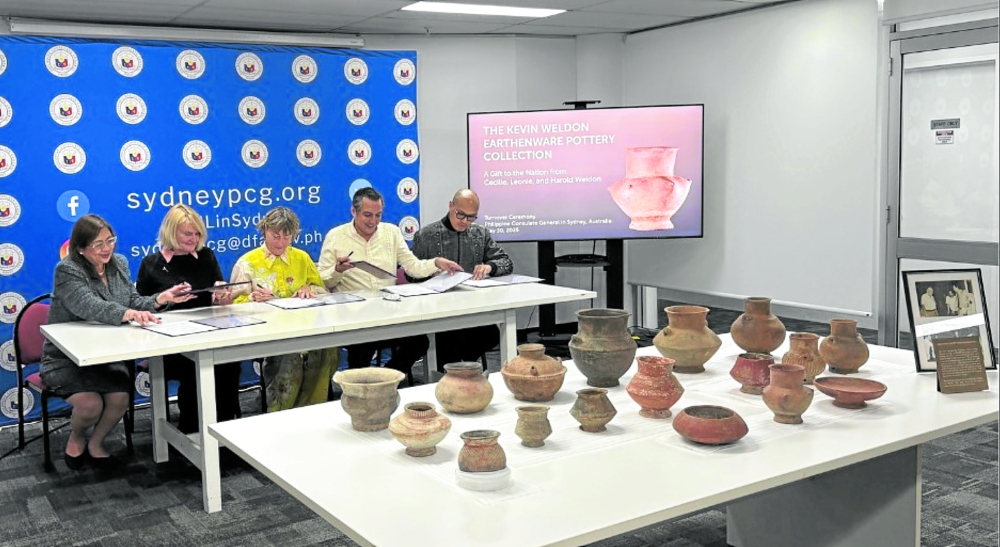
A total of 17 earthenware pots, mostly of Philippine origin and dating to around 1,500 to 2,000 years ago, were recently donated to the National Museum of the Philippines (NMP) through the Philippine consulate in Sydney, Australia.
The pots, from the collection of famed Australian book publisher and philanthropist Kevin Weldon (1933 to 2023), were donated to the nation, with representations led by NMP director general Jeremy Barns and members of the Weldon family. These were received by the Philippine embassy officials in Canberra, led by Ambassador Antonio Morales and Barns.
The pots were believed to have been given to Weldon during or following the production of the landmark “Filipino Heritage” encyclopedia in the 1970s.
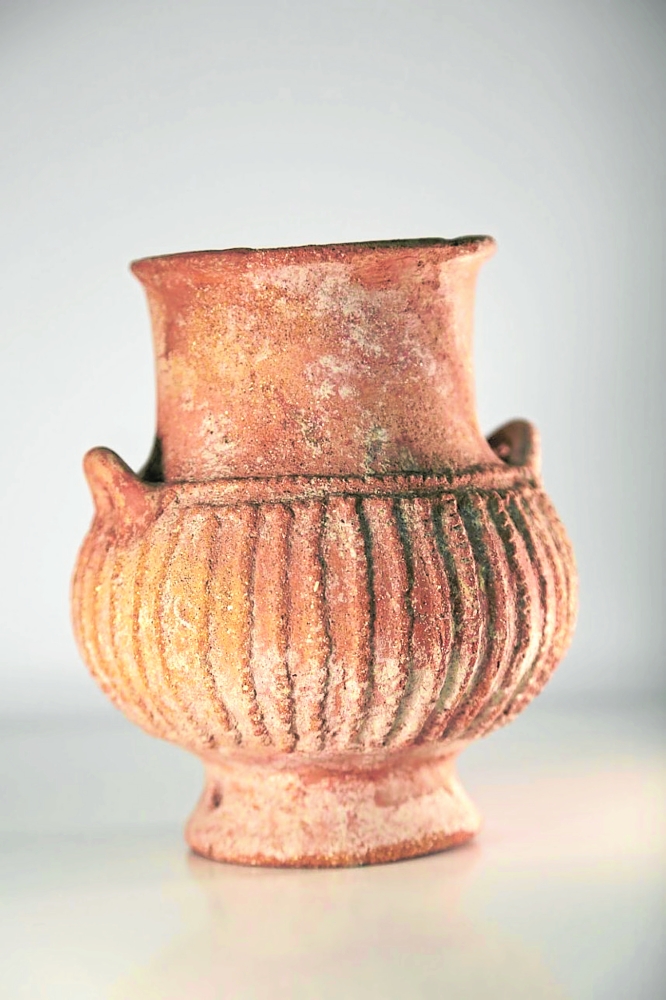
Weldon was the Australian division managing director of The Hamlyn Group, the publisher of the encyclopedia, which became important volumes on Philippine history and heritage.
Also part of the donation were two framed photographs of Weldon with former President Ferdinand Marcos and former NMP anthropology division head and renowned archaeologist Robert Fox.
A statement from the NMP said that the “historic turnover underscores the enduring ties between the Philippines and Australia, and highlights our shared commitment to preserving and celebrating cultural heritage.”
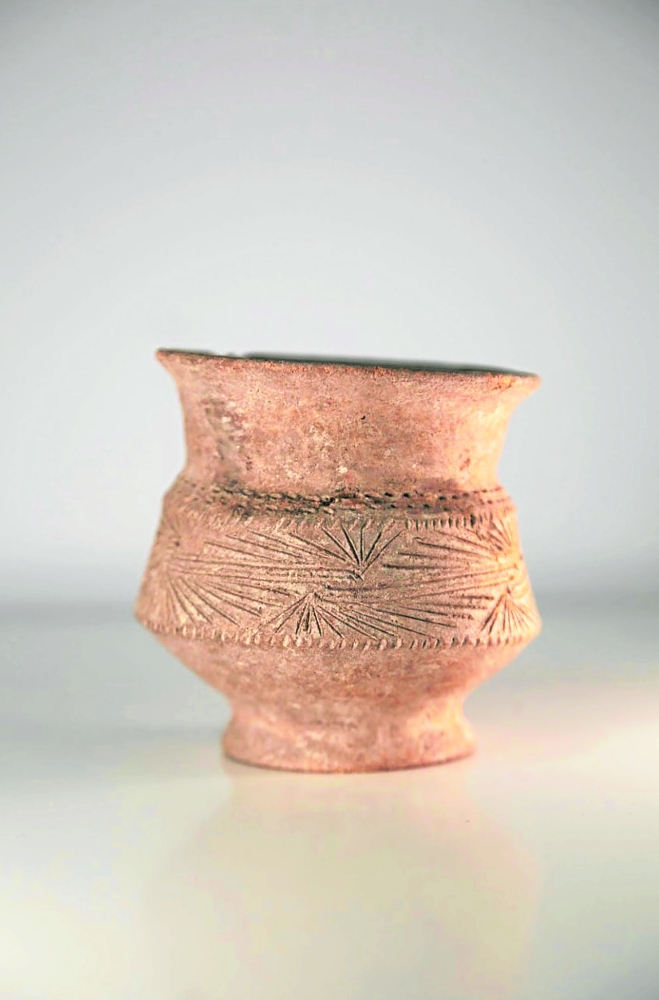
Significant
The artifacts are described by NMP as significant, and a meaningful contribution that “marks a significant milestone in cultural cooperation and preservation of Philippine heritage.”
The significance and provenance of the pots are still unknown and subject to further research by archaeologists and scholars from related disciplines.
The pots, all small, come in various shapes and designs. These include water containers with spouts, some with ears for handling, and one dish. The designs are either incised, embossed, or painted.
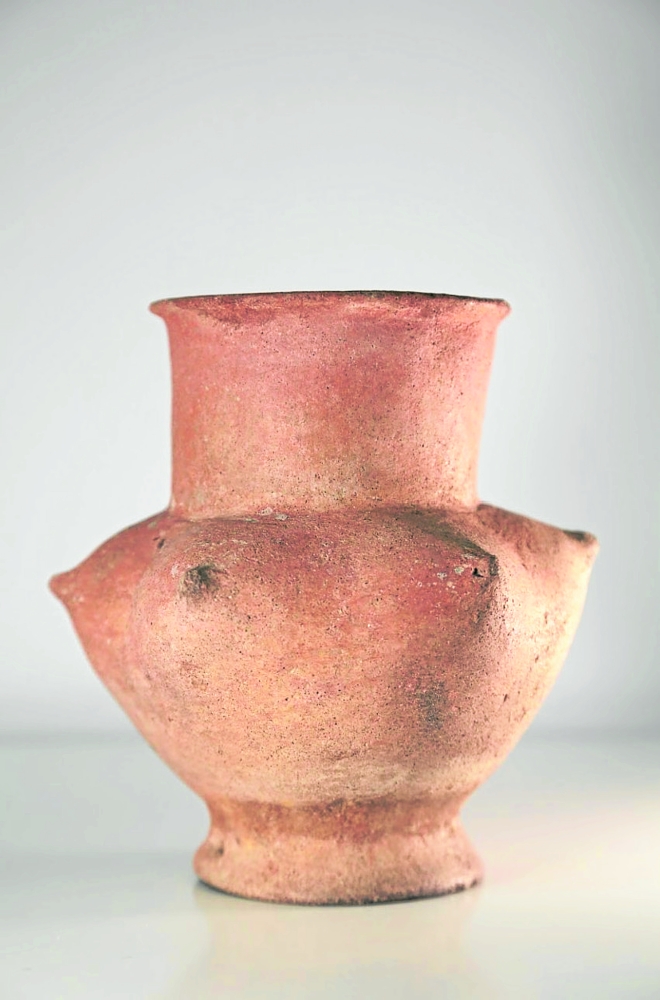
A striking pot from the collection is one belonging to the “Masuso” type, earthenware with mammary glands as design. The pot has six breasts and is similar to two pots exhibited at the National Museum of Anthropology in Manila.
Pottery has long been part of the Philippine cultural landscape, from precolonial and pre-Islamic times to the present. A number have been declared significant national patrimonies for their exceptional significance to Philippine history and cultural heritage, and many have been declared National Cultural Treasures by the National Museum.
These include, among others, the Manunggul secondary burial jar, which used to adorn the reverse side of the P1,000 Philippine bank note, the Calatagan ritual pot containing baybayin scripts, and the Maitum anthropomorphic burial pot and quadrangular burial jar from Saranggani.















